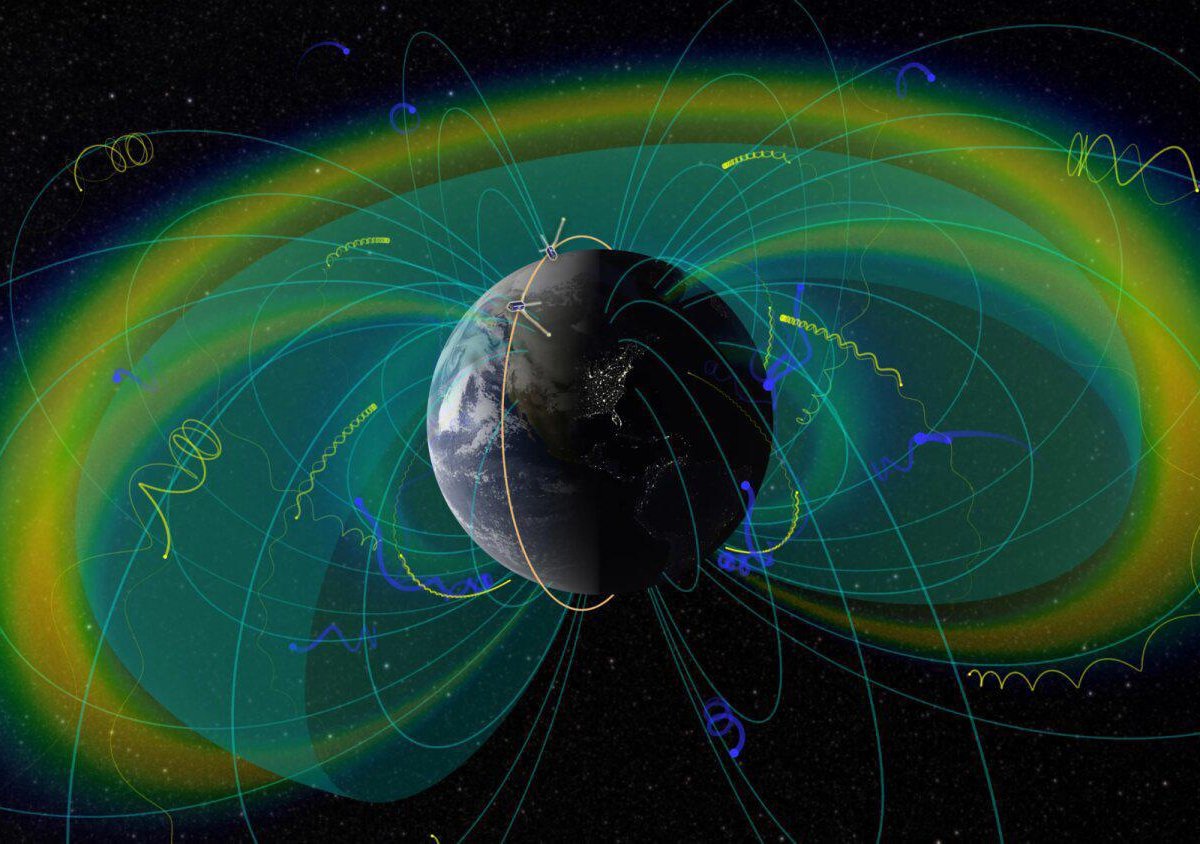A serendipitous discovery made by researchers examining data from an old decommissioned satellite has shed light on the connection between weather on Earth and weather in space. In a new study, the team found that common lightning storms on our planet It expels “extra hot” electrons from the inner radiation belt of the magnetosphere.
Study leader Max Feinland, a doctoral candidate at the University of Colorado in Boulder, USA, explains in a statement: “These particles are the scary ones, or what some call ‘killer electrons’. They can penetrate metal on satellites, they can hit circuits. They hit boards, and if they hit a person in space “They can be carcinogenic.”
The paper, recently published in the journal Nature Communications, could serve as a guide to protect satellites and astronauts from this potentially lethal radiation on future space missions. “This is the kind of storm you don’t want to get caught in,” Feinland warns.
Killer electrons in the belts that protect us
The research environment is the Van Allen radiation belts, two regions of radiation that surround the Earth and consist mostly of charged particles such as electrons and protons. The first surrounds the Earth at an altitude of about 966 km, the outer one begins at over 19 thousand km.
These radiation zones, which are more or less “trapped” by our magnetosphere, provide important protection for the Earth as they deflect and capture charged particles from the solar wind. But, The same radiation concentrated in belts can be dangerous for satellites, spacecraft and humans.
And therein lies the problem: The authors suggest that when lightning shines across the sky, it produces radio waves that propagate through space and reach some electrons in the Van Allen belts. By shaking (energizing) some of these “loose” particles, electromagnetic waves cause them to precipitate as a so-called “killer electron rain.”
A cosmic pinball with lethal electrons
The authors liken these dangerous electronic showers to the “add ball” feature in a pinball game, where the “piston” (lever) is lightning. When the little ball (the electron from the inner belt) is released, it quickly begins bouncing back and forth between the Earth’s northern and southern hemispheres in 0.2 seconds.
But in this case, co-author Lauren Blum, a professor at UC Boulder, explains that it’s not an isolated ball: “You’ve got a big pile of electrons bouncing around, then bouncing back, and bouncing again.. You will see this first signal until it disappears.”
The problem is that when electrons bounce, some of them fall through the belt and enter our atmosphere. Researchers now want to better understand this “game”, predict its formation, and keep people and electronic devices safe.
Want to learn more about the relationship between space weather and Earth? Tell us on our social networks and get the opportunity to share the article with your friends. Until later!
Source: Tec Mundo
I’m Blaine Morgan, an experienced journalist and writer with over 8 years of experience in the tech industry. My expertise lies in writing about technology news and trends, covering everything from cutting-edge gadgets to emerging software developments. I’ve written for several leading publications including Gadget Onus where I am an author.













